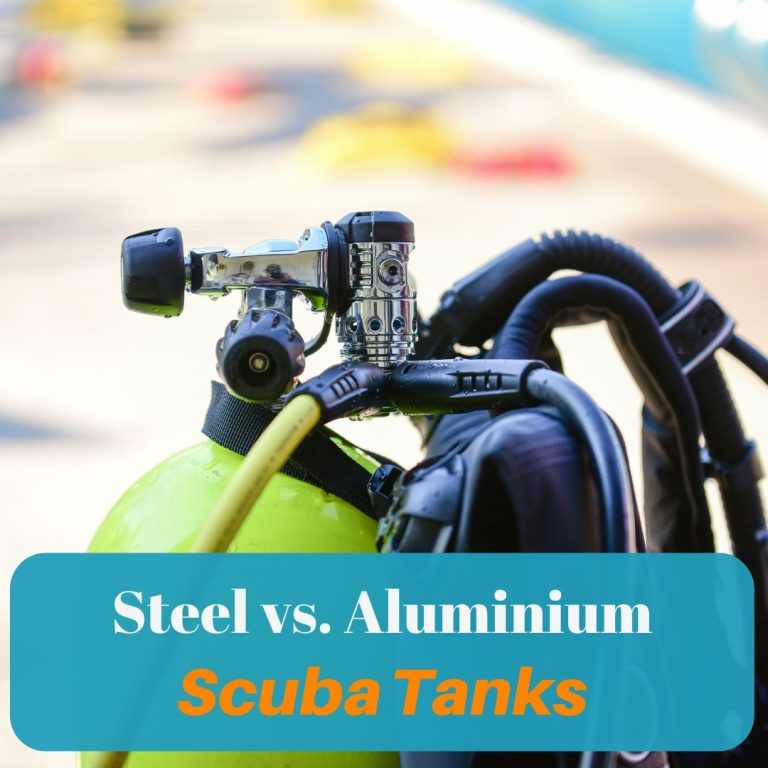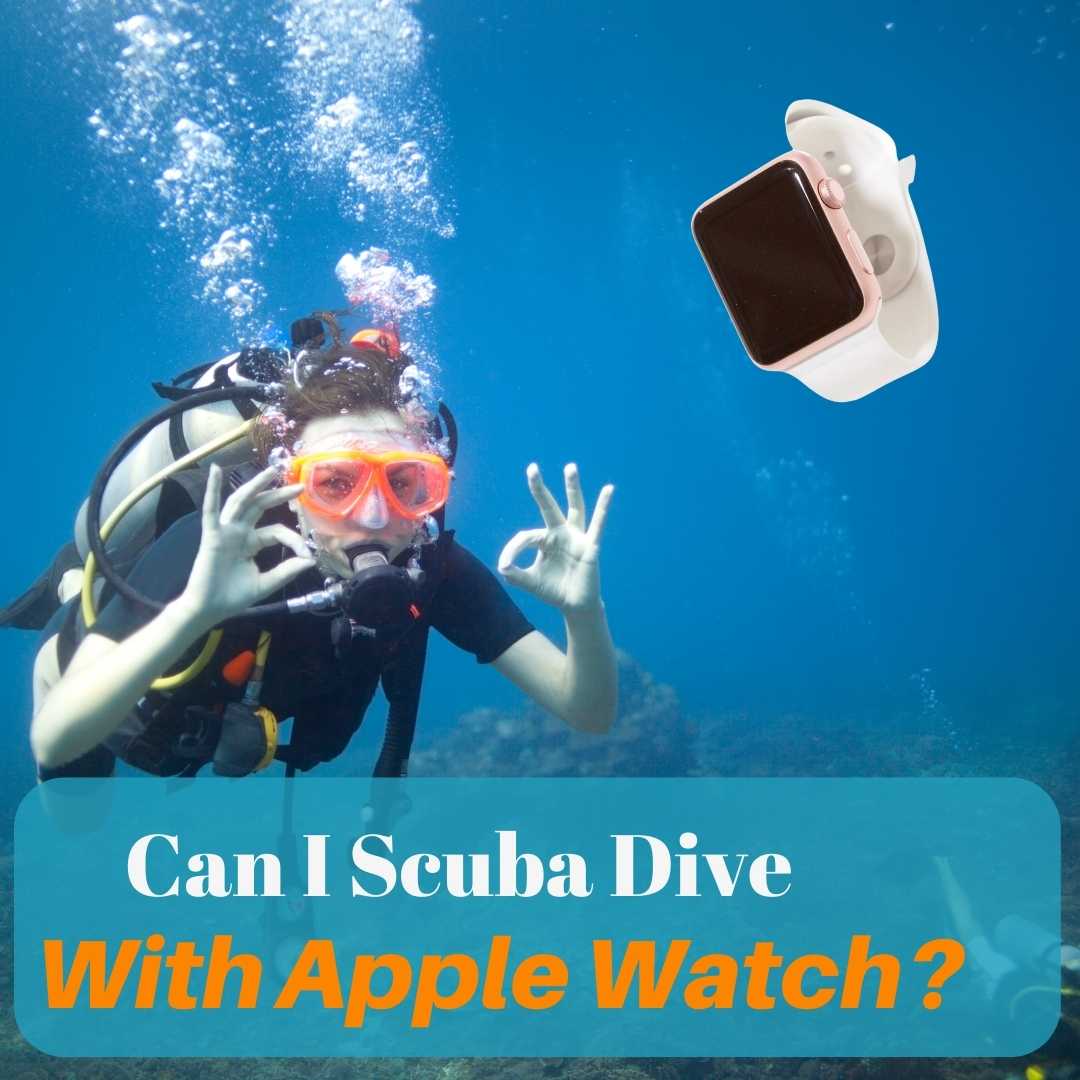When it comes to scuba diving, choosing the right tank is crucial to both safety and comfort. Two main materials are widespread among scuba tanks: steel and aluminum. Each material offers distinct advantages and disadvantages that divers should consider based on their diving styles, preferences, and physical needs. Steel tanks are known for their durability and longevity, and they also tend to be less buoyant when empty, which might benefit divers looking to optimize trim and reduce the weight they carry. On the other hand, aluminum tanks, while generally less costly than steel, do tend to be more positively buoyant when empty, potentially causing a diver to require more weight.

Understanding the performance characteristics of scuba tanks in water is critical for divers. Aluminum tanks become increasingly buoyant as they are emptied, influencing a diver’s buoyancy throughout a dive. This requires careful weight and buoyancy management skills. Steel tanks, conversely, may become more neutrally buoyant or even slightly negatively buoyant as they empty, which may help divers maintain a consistent position in the water. Maintenance routines for these tanks differ as well due to their individual material properties with steel tanks often requiring more diligent care to prevent rust, whereas aluminum tanks are relatively more resistant to corrosion but are also more prone to dents and dings.
Routine use and the rigors of saltwater exposure necessitate regular maintenance for both types of tanks to ensure their longevity and performance. While steel tanks can represent a higher initial investment, their robustness might translate to fewer replacements over time. Conversely, divers often favor aluminum tanks for their lower initial cost despite the potential for a shorter life span in harsh conditions.
Table of Contents
Key Takeaways
- Steel tanks are often more durable than aluminum, affecting their buoyancy and maintenance.
- The choice of tank material impacts buoyancy management during dives.
- Aluminum tanks are usually more cost-effective, while steel tanks may provide long-term durability.
Material Properties
When comparing steel and aluminum scuba tanks, it’s essential to consider their material properties such as strength, weight, and resistance to corrosion. These factors directly impact their performance and longevity.
Strength and Durability
Steel scuba tanks are widely recognized for their high tensile strength. They can withstand greater internal pressure, which allows them to hold more compressed air in a smaller volume. Their robustness means they’re less prone to dings and dents, contributing to their longevity and structural integrity.
Aluminum tanks, while not as strong as steel, compensate with thicker walls. This additional material helps to reinforce the tank but does not equal the strength of steel, which can be a consideration when determining their service life.
Weight Factors
Aluminum tanks are more lightweight and buoyant compared to steel tanks when empty. This means they tend to become positively buoyant as the diver consumes the air, which can affect buoyancy control at the end of a dive.
On the contrary, steel tanks usually remain negatively buoyant throughout the dive, which can reduce the amount of weight divers need to carry. The choice might depend on divers’ preferences and the type of diving they are doing.
Read next: Can You Fly After Scuba Diving?
Corrosion Resistance
Aluminum alloys are known to resist corrosion better than bare steel due to the formation of a protective oxide layer. However, steel tanks are often treated with protective coatings and, if properly cared for, can resist corrosion effectively.
Saltwater environments can be particularly challenging for any metal, but with regular maintenance, both steel and aluminum tanks can withstand the corrosive effects of the ocean. Choosing the right tank often depends on a diver’s commitment to regular cleaning and maintenance.
Performance in Water

When comparing steel and aluminum scuba tanks, their differences in buoyancy and thermal conductivity in water have direct effects on a diver’s experience.
Buoyancy Characteristics
Steel tanks exhibit negative buoyancy throughout a dive, meaning they tend to sink and thus often require divers to carry less weight. In contrast, aluminum tanks usually start with positive buoyancy and become neutral to slightly negative as the dive progresses and air is consumed. This shift can dramatically affect a diver’s buoyancy control during a dive.
Thermal Conductivity
Aluminum tanks have higher thermal conductivity than steel, which means they transfer heat and cold more efficiently. This can influence the pressure of the gas inside the tank, as aluminum tanks will cool down and heat up quickly, reflecting in the tank’s internal pressure, especially in varying water temperatures. Divers must monitor this to manage their buoyancy and ensure sufficient air supply.
Usage and Maintenance
The performance and longevity of scuba tanks are heavily influenced by their maintenance routine and the way they are used. Ensuring proper care can significantly extend the tank’s useful life and reliability.
Lifespan and Inspection
Steel Scuba Tanks typically last longer than aluminum scuba tanks if maintained correctly. They should be visually inspected annually and undergo hydrostatic testing every five years to ensure their integrity. Aluminum tanks also require regular inspections, although they may not last as long due to the material’s susceptibility to sustained damage like dents and cracks.
Aluminum Scuba Tanks, in contrast, may require more frequent visual inspections due to their softer material which is prone to dings and dents.
- Annual Visual Inspection: Mandatory for detecting internal and external corrosion or other signs of wear and tear.
- Hydrostatic Testing Interval: Steel tanks every five years, while aluminum tanks may vary.
Care and Handling
Handling of Tanks:
- Steel Tanks: Store in a dry, cool place, and always rinse with fresh water after saltwater exposure.
- Aluminum Tanks: They are less prone to rust, but care should still be taken to avoid dropping or exposing them to high impact which can lead to structural damage.
Post-Dive Maintenance:
- Both Types: Ensure that they are completely dry before storage, keep valves closed and o-rings clean to protect from dust and contaminants.
Regular maintenance and adherence to handling specifications help ensure that both steel and aluminum scuba tanks remain safe and functional, allowing divers to focus on their underwater experiences rather than equipment concerns.
Cost Comparison
When considering scuba tanks, the material affects the price. Aluminum tanks are generally less expensive than steel tanks. The initial purchase price can be a key factor for divers on a budget or those equipping themselves with multiple tanks.
Aluminum Tanks:
- Typically more cost-effective.
- Average Price Range: $180 – $230.
Steel Tanks:
- Usually more pricey due to durability and lifespan.
- Average Price Range: $250 – $350.
It’s also important to consider long-term costs. Steel tanks may have a longer lifespan, thus potentially offering better value over time. They are less prone to corrosion, reducing the need for frequent replacements compared to aluminum tanks.
In addition to the purchase cost, there’s maintenance to consider. Steel tanks often require more careful handling and storage to prevent rust, while aluminum is more resilient to corrosion but more susceptible to dings and dents.
Finally, the choice between the two may influence other dive gear purchases. Heavier steel tanks can minimize the need for additional weight systems, which may offset the initial higher cost.
| Material | Initial Cost | Long-Term Value | Maintenance |
|---|---|---|---|
| Aluminum | Lower | Good | Less extensive |
| Steel | Higher | Excellent | More extensive |
Divers must weigh the purchase price against potential savings from durability and additional gear requirements when selecting their tank of choice.
Frequently Asked Questions
In this section, readers will find concise responses to common inquiries regarding the unique properties and considerations of steel and aluminum scuba tanks.
What are the differences in buoyancy characteristics between steel and aluminum scuba tanks?
Steel scuba tanks generally become more buoyant as they are emptied due to the material’s higher density, while aluminum tanks can become negatively buoyant at the end of a dive.
How do the capacities of steel and aluminum scuba tanks compare?
The capacity of scuba tanks, whether steel or aluminum, is usually measured in cubic feet. A standard steel tank may hold the same amount of air as an aluminum tank; however, steel typically allows for higher working pressures, which means potentially more air in a similarly sized tank when compared to aluminum.
What advantages do steel scuba tanks offer over aluminum ones?
Steel tanks are favored for their durability and ability to withstand higher internal pressures, which equates to longer dive times. They also have a reputation for better buoyancy control for divers throughout a dive.
How does the weight of a steel scuba tank compare to an aluminum tank when both are full?
A full steel scuba tank is generally heavier on land compared to an aluminum tank of the same capacity. However, in the water, steel tanks tend to be lighter when considering their buoyancy characteristics.
Are there cost differences between steel and aluminum scuba tanks?
Yes, there are typically cost differences with aluminum tanks being more cost-effective in the short-term. However, steel tanks may offer longer-term economic benefits due to their longevity and less frequent need for replacement.
What are the key factors to consider when choosing between a steel or an aluminum scuba tank?
Divers should consider factors such as their buoyancy needs, types of dives (e.g. technical, recreational), frequency of use, budget, and personal preference for tank weight and handling both in and out of the water.




